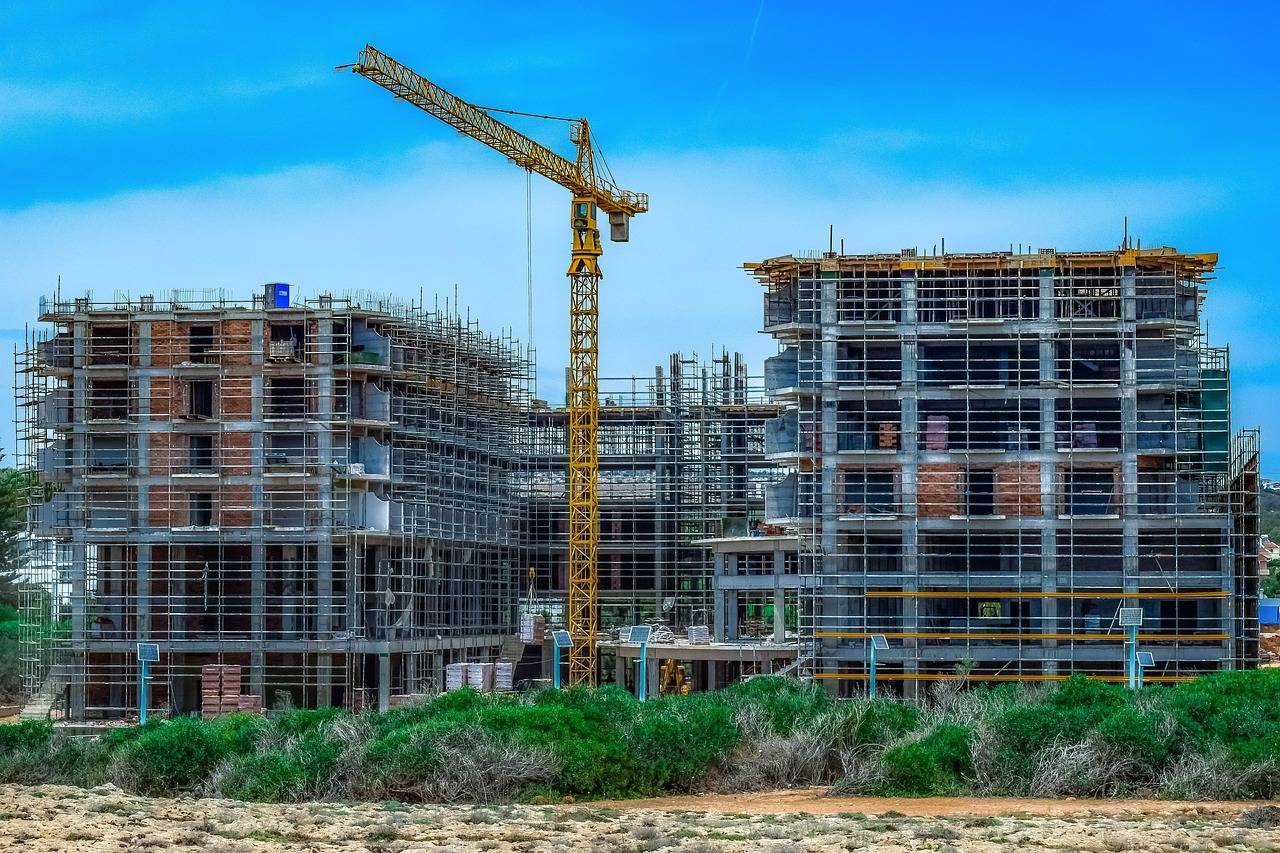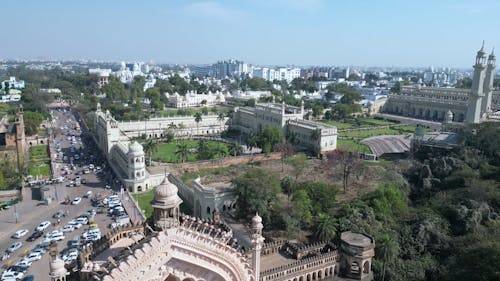Magicbricks, has recently published its annual report titled 'How India Searched for Homes', offering a comprehensive analysis of the trends and shifts in the Indian real estate market. The report sheds light on the evolving preferences of over 2 crore users of the platform, capturing detailed data on homebuyers' behaviors and aspirations, and the regional dynamics that influence their decisions.
This year’s report highlights several key trends, including an increasing focus on tier-2 cities, mini-metros, and lifestyle destinations. In addition, there is an emerging demand for vastu-compliant homes, varied preferences for home types in metro cities, and significant changes in the rental market. These findings provide valuable insights for developers and investors looking to align their strategies with changing consumer needs in India’s dynamic real estate market.
Shift Towards Tier-2 Cities and Mini-Metros
The report underscores the growing significance of tier-2 cities and mini-metros in India’s real estate market. As homebuyers move away from the saturated markets of metro cities, smaller cities have emerged as prime hotspots for residential property seekers. Notable lifestyle destinations such as Goa, Nainital, Dehradun, Shimla, Karnal, and Rishikesh have seen remarkable growth in demand. The year-on-year growth in residential demand for these cities stands at 60.89%, 43%, 34%, 28%, and 26%, respectively. These destinations, once considered vacation spots, are now increasingly becoming permanent residential choices, offering an appealing blend of work-life balance and scenic surroundings.
In addition to lifestyle destinations, cities with significant religious importance are also seeing a surge in real estate interest. Locations such as Ayodhya, Puri, and Shirdi have witnessed growth rates of 52% and 67%, respectively, further reflecting the changing dynamics of property demand. These cities, often attracting pilgrims and tourists, are now appealing to investors and homebuyers looking for properties with a spiritual or cultural significance.
Rising Interest in Vastu-Compliant Homes
One of the most unique trends in the 2024 report is the increasing demand for vastu-compliant homes. Vastu, the traditional Indian architectural system, continues to influence buyers’ choices when it comes to the direction and layout of their homes. This year, 51% of the searches for vastu-compliant homes came from major cities like Bengaluru, Hyderabad, and Mumbai. Among the specific preferences, regional differences in vastu-related demands were also noticeable. In Kolkata, 22% of homebuyers preferred southeast-facing homes, while Ahmedabad buyers demonstrated a strong preference for east-facing homes (49%). Similarly, Chennai saw 30% of its buyers opting for east-facing homes, highlighting regional cultural preferences in property searches.
This rising interest in vastu-compliant homes suggests that spiritual and cultural aspects are playing a larger role in property buying decisions, even in the modern real estate market. As more homebuyers look to integrate traditional values into their living spaces, developers and investors may need to cater to these specific preferences, incorporating vastu principles into their designs and offerings.
Metro Cities: Varied Preferences in Home Sizes and Locations
The report also reveals important insights into home preferences in metro cities, particularly in Mumbai and Delhi. In Mumbai, 63% of homebuyers were on the lookout for compact 2/2.5 BHK homes, highlighting the trend of smaller, more affordable properties. Space constraints in metro cities are pushing people to opt for homes with just the essential living space. Furthermore, 71% of Mumbai buyers preferred residences located on the 5th floor or higher, indicating a demand for better views, privacy, and safety, along with an inclination towards higher-floor apartments in urban landscapes.
In contrast, Delhi buyers demonstrated a different set of priorities. One standout preference is the demand for parking spaces. About 20% of Delhi homebuyers sought homes with at least three parking spaces, a significant contrast to the demand in Mumbai, where 67% of buyers prioritized at least one parking spot. The preference for multiple parking spaces in Delhi suggests that urban areas with wider road infrastructure may have different needs when it comes to parking, and developers may need to incorporate larger parking provisions into their designs for this market.
Rental Market Preferences: Regional Differences
The rental market is another area where regional differences are becoming more pronounced. In tech hubs like Bengaluru and Noida, a large proportion of renters (63% in Bengaluru and 60% in Noida) prefer unfurnished rental homes. This preference can be attributed to the large number of working professionals who may already possess their own furniture or prefer to furnish the home according to their personal taste. The flexibility of unfurnished homes aligns with the transient nature of many professionals in these cities.
Hyderabad, however, presents a different narrative. In this city, 41% of renters prefer fully furnished homes, indicating that a significant number of people are looking for convenience and ready-to-move-in options. This preference may be driven by the large influx of young professionals and students, who prioritize ease of living and minimal effort when moving into a new rental property.
Way Forward
As preferences shift towards tier-2 cities, mini-metros, and lifestyle destinations, developers must adjust their strategies to meet the needs of an increasingly diverse and regionally influenced customer base. The demand for vastu-compliant homes, along with varying preferences for home sizes, locations, and rental options, indicates that a one-size-fits-all approach no longer works in India’s complex real estate market.
These insights are invaluable for developers, investors, and marketers looking to stay ahead of the curve. As Indian home buyers continue to prioritize factors like convenience, regional preferences, and lifestyle considerations, the real estate market is bound to remain dynamic and adaptive to changing trends.
Image source- freepik.com









.png)